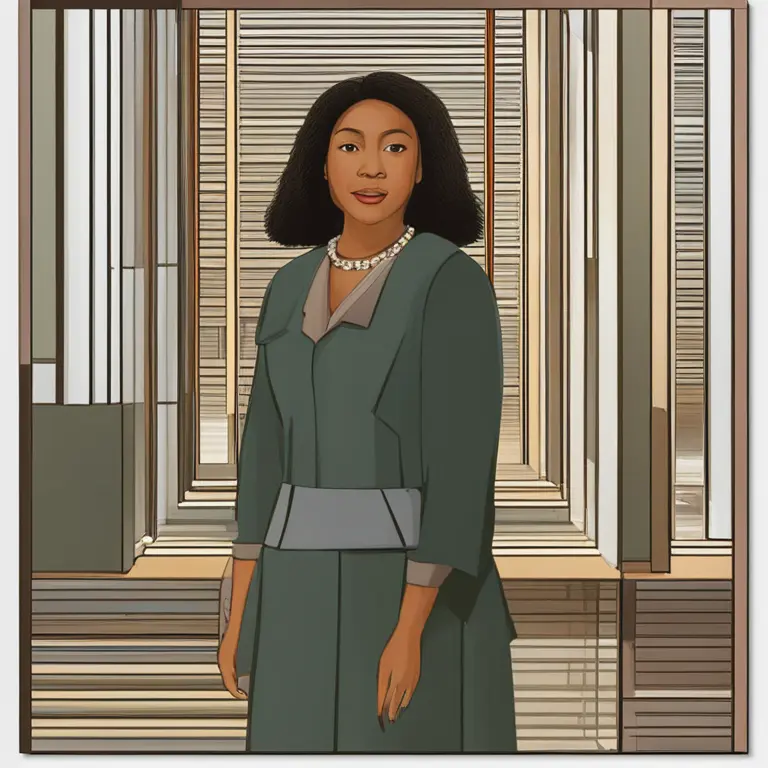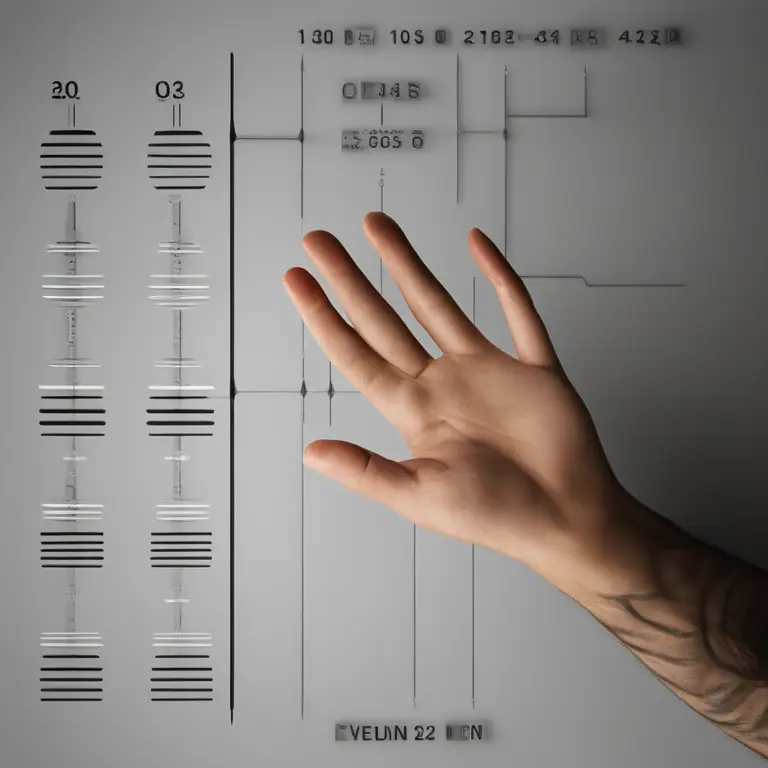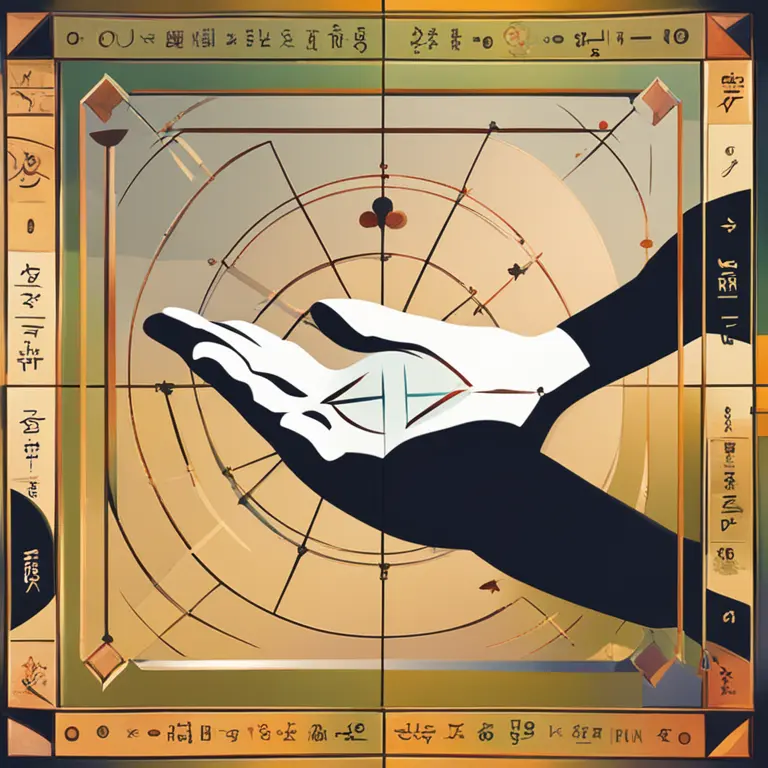
The Dynamic Nature of Palmistry: Can Palms Reveal Change?
Delve into the intriguing question of whether the lines and shapes on our palms – the heart of palmistry – are capable of transformation, revealing the fluidity of our life's journey.
article by Nora Pennington
Introduction to Palmistry Dynamics
Palmistry, known as chiromancy, has been a mystical art form for centuries, used to infer an individual's characteristics and predict their future based on the lines and shapes found on the palm. A common misconception is that these lines are static, but is that the case? In this article, we examine the concept that palmistry lines are not fixed and whether they can reflect the changes that occur in our lives. The practice of looking at the hands as a microcosm for our larger life story continues to fascinate and beguile both skeptics and believers alike.

The Lines Speak: Are They Fixed?
Traditionally, palmists analyze key lines—the heart, head, life, and fate lines. It is often assumed that these lines are imprinted at birth and remain unchanged. However, with careful observation over time, it becomes apparent that they can, in fact, evolve. Small lines may disappear, new lines may emerge, and even major lines can alter slightly in depth and clarity, akin to how life experiences shape and redefine us at different stages.

Life's Influence on Palmistry Readings
A person's palm is thought to reflect their individual life path, including their emotional well-being, intellectual reasoning, and life span. Stress, happiness, trauma, and achievement can all leave their imprint on the malleable lines of one's hands. The change in these lines suggests that palmistry is an interactive tool rather than a static map, with hands potentially mirroring the impact of significant life events and transformations.

The Changing Palm: Modern Practices
Contemporary palmists embrace the changeability of the palm lines, viewing them as indicators of potential rather than determinism. The evolving approach to palmistry is less about predicting a set future and more about providing insight into tendencies and possibilities, influenced by one's decisions and the fluidity of circumstances. Hence, modern palm reading aligns with a more dynamic understanding of human lives, rooted in the context of choices and changes.

Advancements in Dermatoglyphics
Scientific advancements in the study of dermatoglyphics—the patterns of ridges on the fingers and hands—have supported the idea of changeable palm features. By tracking the dermatoglyphic patterns, alongside changes in one's life, researchers acknowledge the subtle interplay between biology and experience. While genetics lay the foundation, the interpretation of these patterns now often includes a consideration of life's dynamism.
Palmistry and Personal Growth
For those seeking self-improvement, palmistry can serve as a reflective tool, indicating where change might be beneficial. By understanding what your current palm lines suggest, you can align your actions with your desired outcomes. As you focus on nurturing certain areas of your life, your hands might exhibit corresponding changes, providing a visual representation of your growth and progress.
Future Potential: What Your Hands Could Say
The prospect for the future of palmistry is exciting, as it bridges the gap between ancient wisdom and contemporary lifestyles. Enthusiasts anticipate a greater integration of this art with psychological and holistic approaches to personal development. As our understanding of the human experience evolves, so too may the hands that we use to navigate our course through life.
Published: 1/11/2024
Modified: 1/12/2024
More predictions
Come back here soon to learn more about yourself and your future


The Possibility of Palmistry in Cancer Detection
Examining the claims that palmistry holds any potential in identifying the risk of cancer: a deep dive into the world of mysticism and medicine.


Can Palmistry Foresee One’s Demise?
Delve into the contentious debate about whether palmistry can predict the end of life and the ethical considerations of such a claim.


The Ancient Art of Vedic Palmistry
Discover the ancient art of Vedic Palmistry and its practice in the modern era, revealing the secrets held within the lines of the hand.